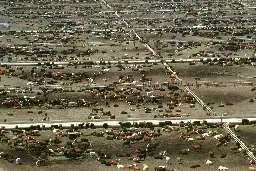Meat Lobbyists Attend COP28 to Contradict Climate Research | “If we are going to abate climate catastrophe, we must significantly curtail meat production,” one advocate said.
Meat Lobbyists Attend COP28 to Contradict Climate Research | “If we are going to abate climate catastrophe, we must significantly curtail meat production,” one advocate said.

“If we are going to abate climate catastrophe, we must significantly curtail meat production,” one advocate said.

